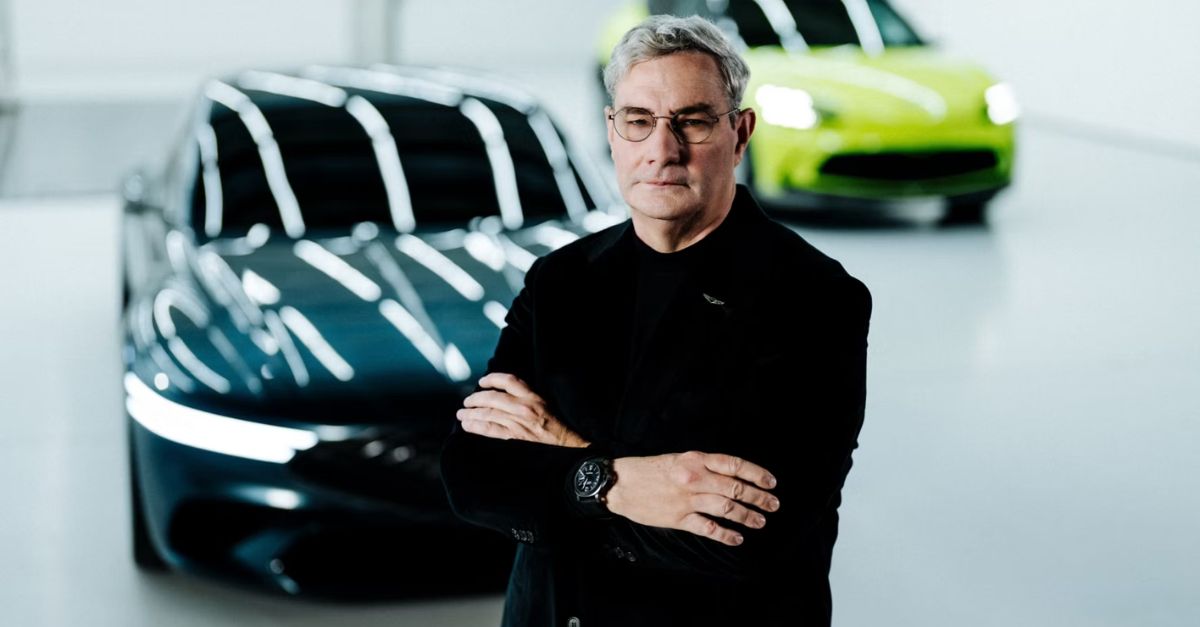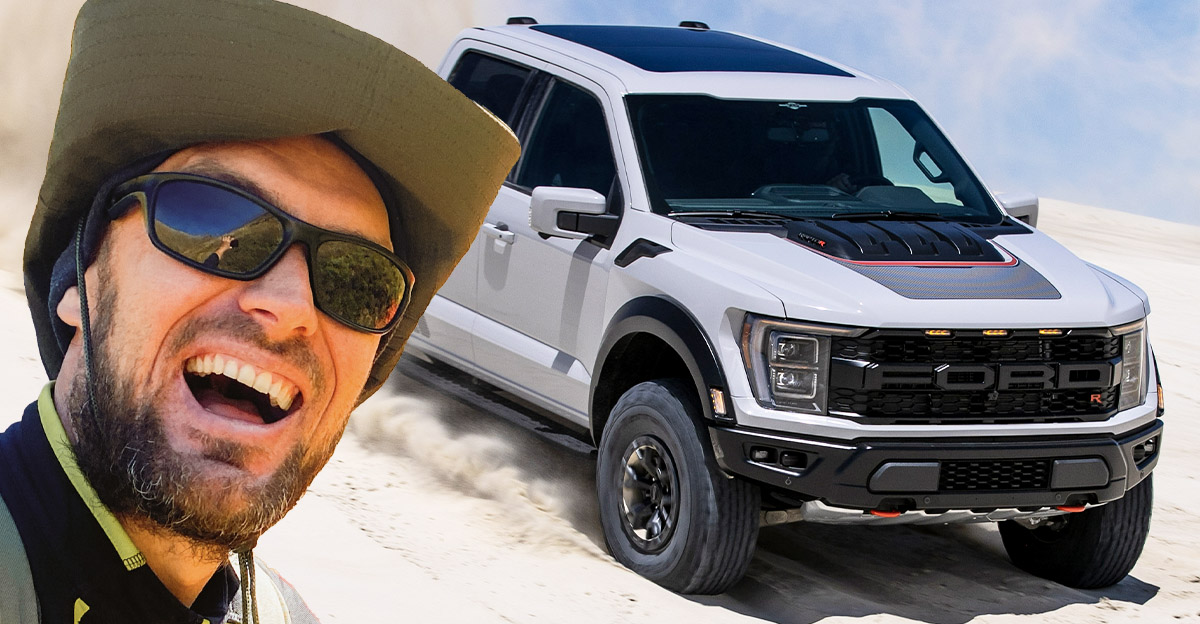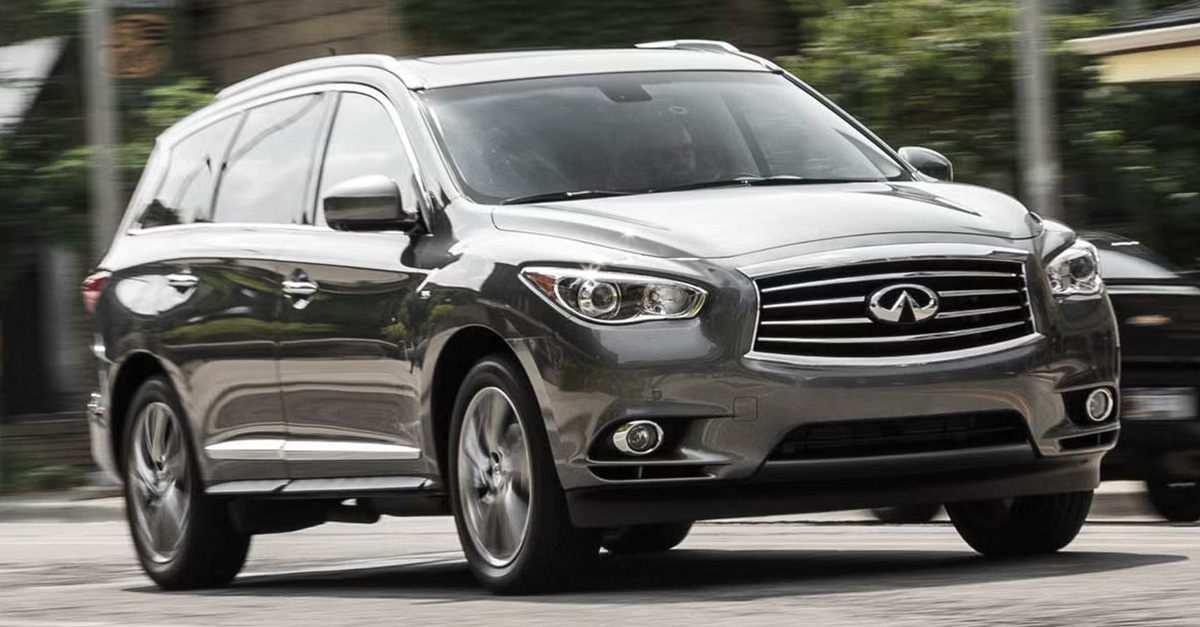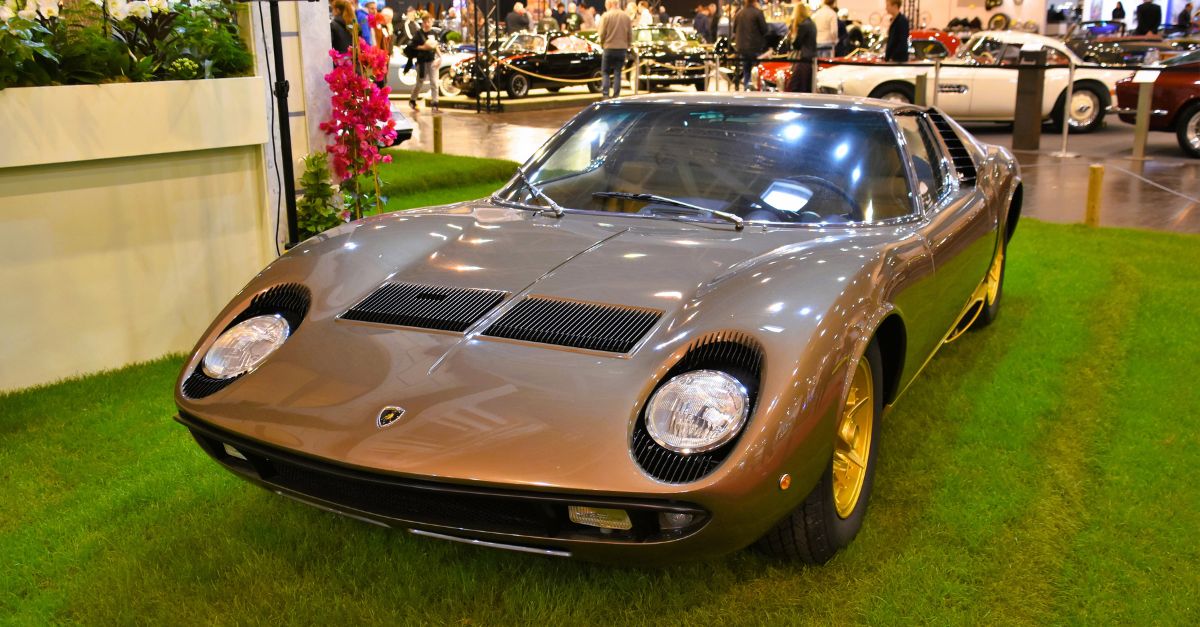Definition Of A Modern Premium Brand
Genesis went from a blank slate to a serious luxury contender in less than a decade because they have a team of global veterans who challenged how premium brands are usually built.

The Genesis Of Genesis
In 2015, Hyundai launched Genesis as a standalone luxury brand. The decision reflected more than a business move—it revealed Hyundai’s intent to compete with premium automakers on equal footing. There was no template for Genesis. It began as a clean-sheet brand aimed squarely at the global luxury stage.
 Damian B Oh, Wikimedia Commons
Damian B Oh, Wikimedia Commons
Built In South Korea’s Industrial Heart
Genesis vehicles are produced primarily at Hyundai’s Ulsan and Asan plants. Located along South Korea’s southeastern coast, these massive industrial sites use precise automation and experienced labor. Ulsan alone handles over a million vehicles per year, supporting large-scale capability and technical depth.
 User: Anonyme , Wikimedia Commons
User: Anonyme , Wikimedia Commons
Asan Plant Focuses On Genesis Sedans
The Asan facility specializes in rear-wheel-drive sedans like the G80 and G90. Skilled workers handle complex assembly processes tailored to luxury standards. The plant integrates advanced inspection systems to catch imperfections early and ensures that the final product meets the brand’s expectations for refinement.
 Damian B Oh, Wikimedia Commons
Damian B Oh, Wikimedia Commons
South Korea’s Bold Entry Into Luxury Automaking
Genesis signaled South Korea’s first serious challenge to dominant luxury brands. Instead of copying existing models, it introduced a fresh design philosophy and manufacturing approach. That bold direction positioned Genesis as a credible alternative to long-established European rivals.
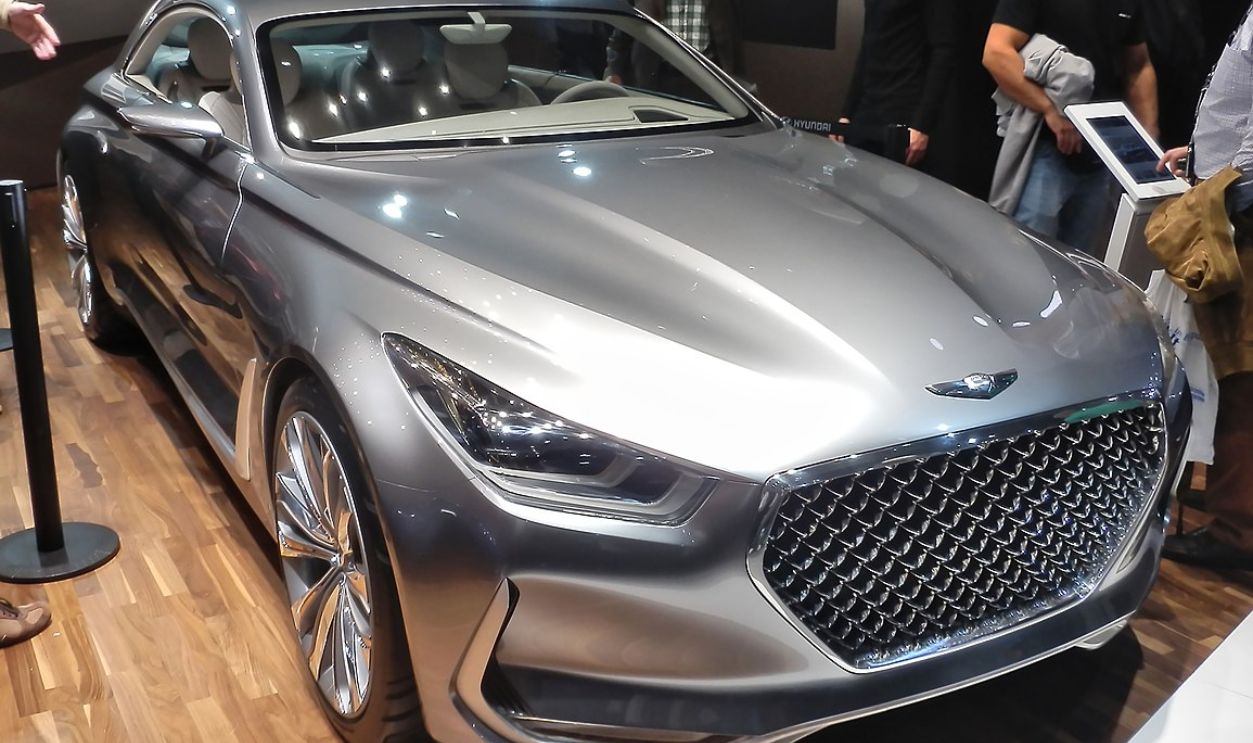 Alexander Migl, Wikimedia Commons
Alexander Migl, Wikimedia Commons
The Visionaries Who Built The Brand
To lead this bold new direction, Hyundai recruited top talent from Europe’s elite brands. Luc Donckerwolke shaped the design after time at Bentley and Audi, while Manfred Fitzgerald brought brand strategy expertise from Lamborghini. Together, they aimed to build something that would feel just as at home in Seoul as in Stuttgart.
 Luc Donckerwolke discusses the X Speedium Coupe by Genesie Europe
Luc Donckerwolke discusses the X Speedium Coupe by Genesie Europe
Dedicated Production Lines For Genesis
Although Genesis shares some platforms with Hyundai, its vehicles move down dedicated lines within these plants. Workers receive separate training, and materials differ from Hyundai's mass-market models. These lines have produced vehicles that now appear in showrooms across North America, Europe, and the Middle East.
Breaking Away From Hyundai’s Shadow
Establishing a separate identity became essential. Genesis models carried no Hyundai badges, and the brand operated independently in showrooms and marketing to indicate a clear signal—Genesis stood on its own, not as a premium extension, but as a true luxury contender.
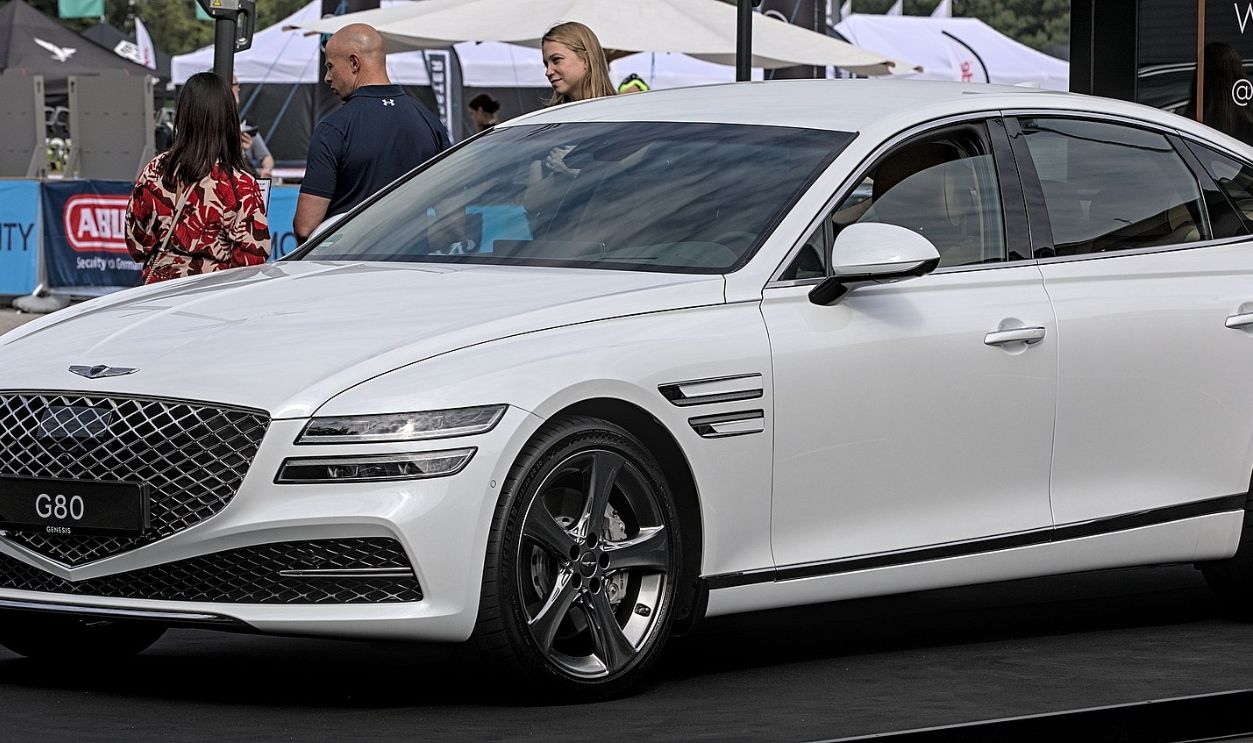 Alexander Migl, Wikimedia Commons
Alexander Migl, Wikimedia Commons
Launching The First Genesis Model
That independence came to life with the launch of the G90 in the United States in 2016. Featuring a V8 engine and refined cabin, it earned praise from MotorTrend for comfort and build quality. With that debut, Genesis introduced itself to American drivers as a serious premium player.
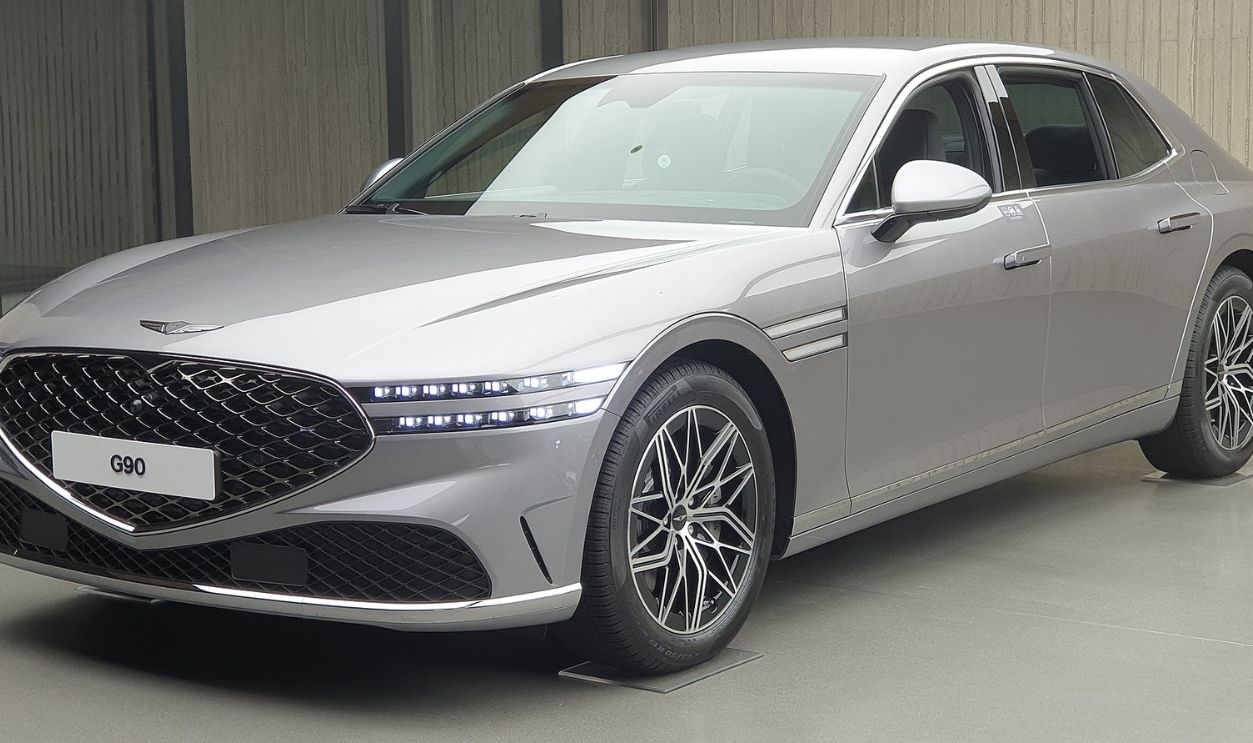 Damian B Oh, Wikimedia Commons
Damian B Oh, Wikimedia Commons
Design Language That Turns Heads
Genesis developed a design language rooted in proportion and symmetry. The signature crest grille and split headlights became instantly recognizable because they reflected a deeper philosophy. The overall look came from deliberate design choices, not added details.
 Damian B Oh, Wikimedia Commons
Damian B Oh, Wikimedia Commons
Luxury From The Inside Out
Step inside a Genesis, and the focus on quiet luxury becomes clear. Materials like Nappa leather and real wood create a tactile richness. Designers reduced visual clutter to favor a clean layout. Even the cabin prioritizes driver comfort without sacrificing the experience for passengers.
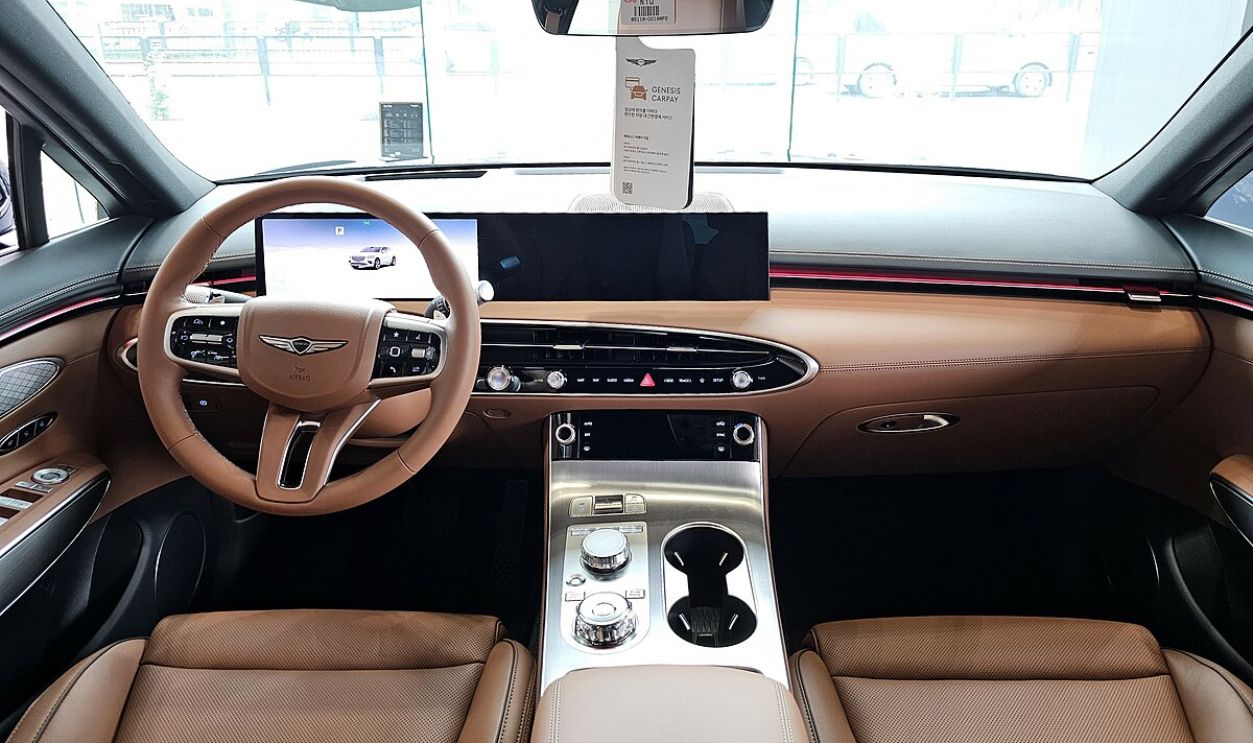 Damian B Oh, Wikimedia Commons
Damian B Oh, Wikimedia Commons
Engineering That Competes With The Best
Beneath the elegant design, Genesis delivered performance. The chassis emphasized ride stability, while powertrains offered smooth acceleration. Engineers benchmarked against German sedans but followed their own roadmap, which helped Genesis gain attention from drivers who value precision over flash.
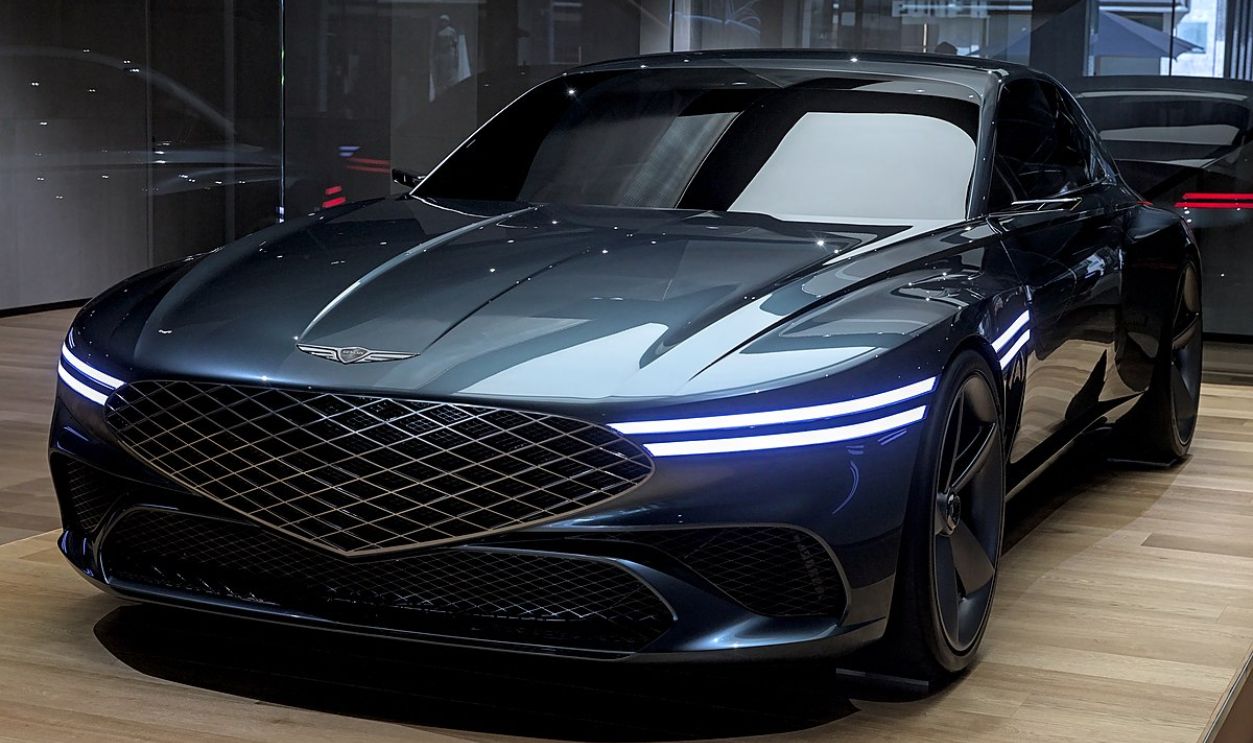 Alexander Migl, Wikimedia Commons
Alexander Migl, Wikimedia Commons
Innovation As A Brand Pillar
They embraced technology as a core strength. Features like Highway Driving Assist and a 3D digital cluster enhanced safety and comfort. Voice recognition and remote start came standard on many models as practical needs, and that’s why today’s tech-aware customers continue to love it.
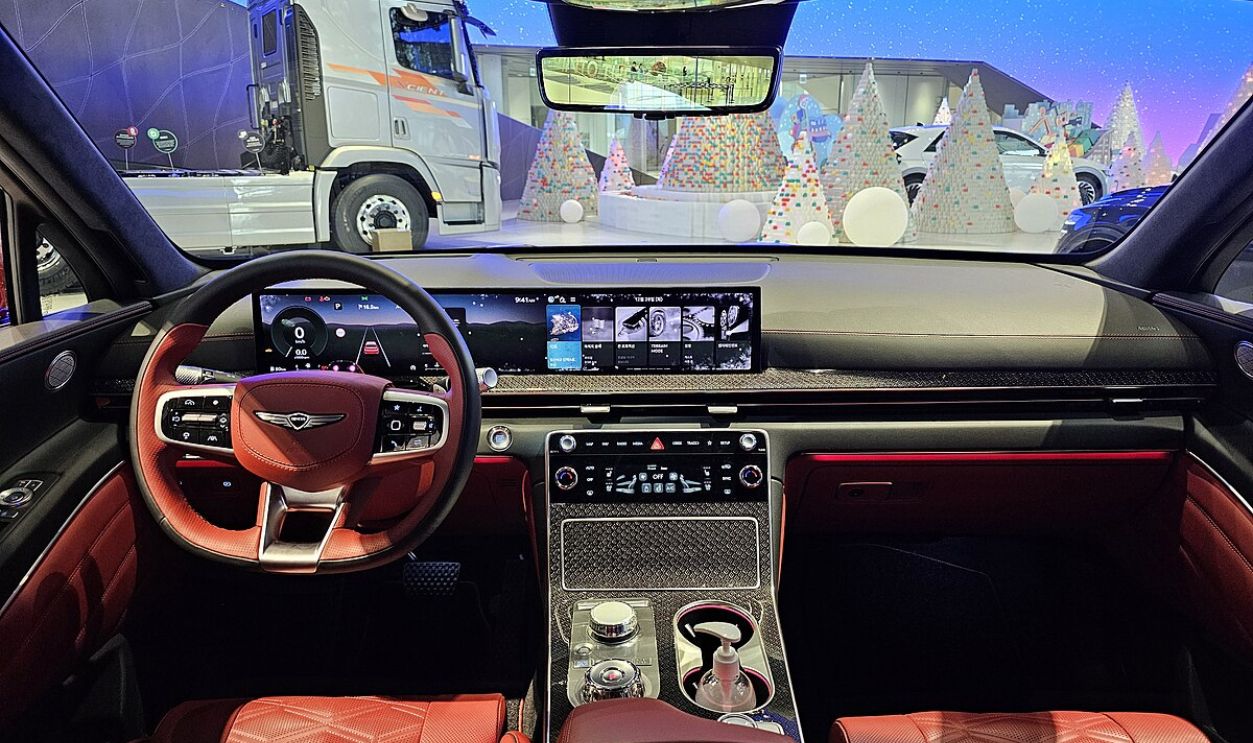 Damian B Oh, Wikimedia Commons
Damian B Oh, Wikimedia Commons
Awards And Recognition From The Start
Recognition came quickly after. In its first years, Genesis topped J.D. Power’s Initial Quality Study and earned IIHS Top Safety Pick+ honors. These awards validated the brand’s early decisions and helped build trust among skeptical buyers still unfamiliar with the Genesis nameplate.
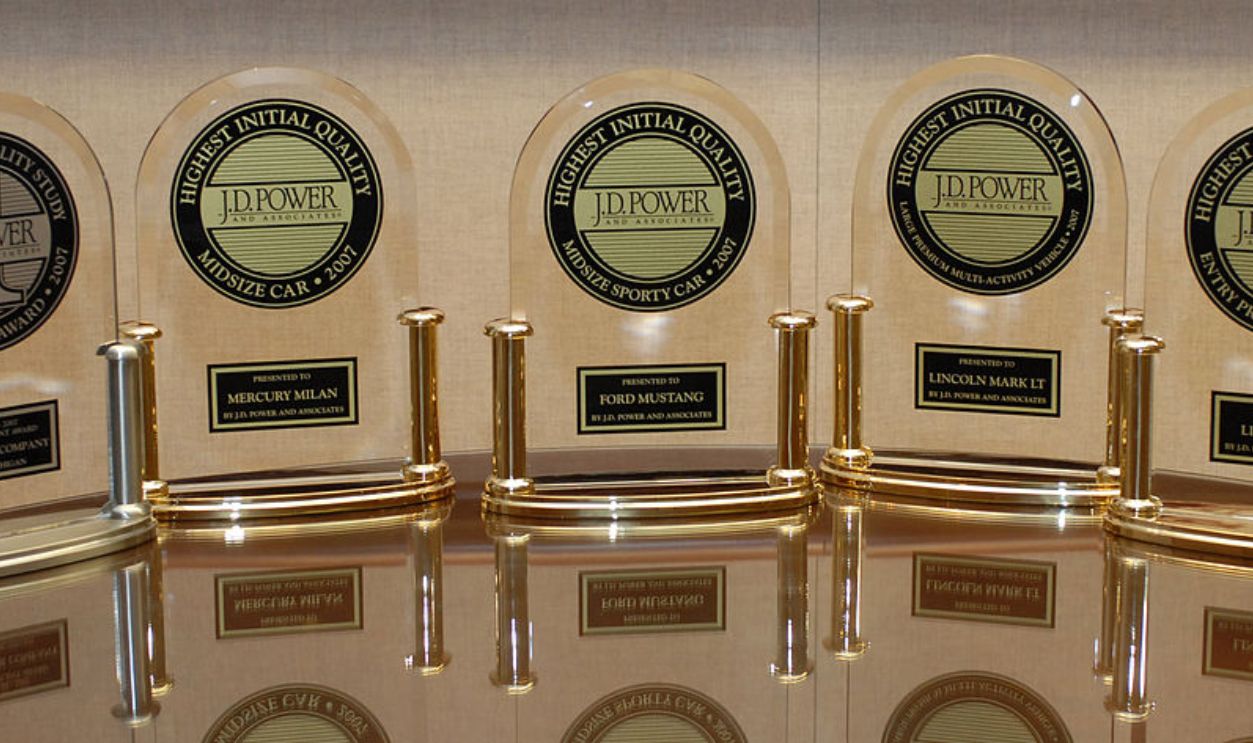 Ford Motor Company from USA, Wikimedia Commons
Ford Motor Company from USA, Wikimedia Commons
Understanding The Target Buyer
Genesis aimed at drivers who appreciated comfort and refinement but didn’t need a flashy badge. Many former Lexus and Acura owners showed interest. And since these buyers valued thoughtful design and fair pricing, they found Genesis to be a smart, confident choice in the luxury space.
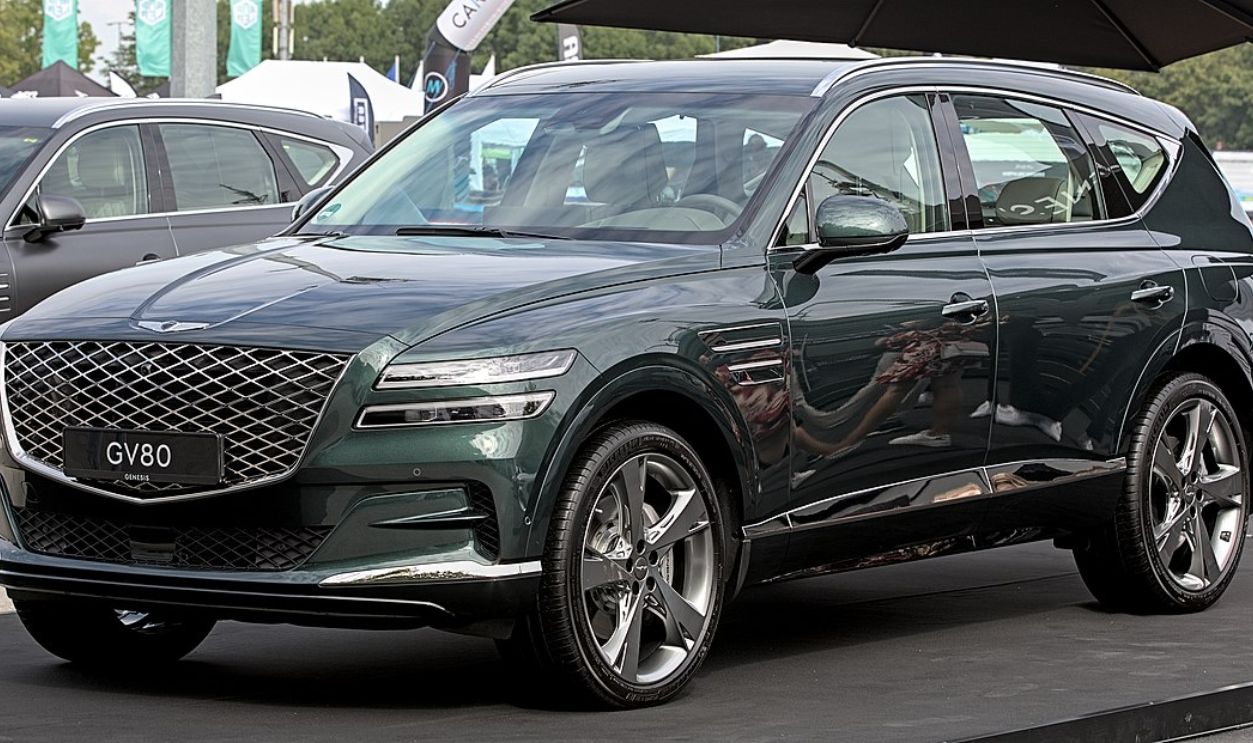 Alexander Migl, Wikimedia Commons
Alexander Migl, Wikimedia Commons
The Strategy Behind Limited Model Offerings
Rather than launching a full lineup, Genesis began with a focused group of sedans. This strategy allowed tighter quality control and simpler messaging. By limiting choice, the brand emphasized depth over variety and ensured that each model met the expectations of luxury customers.
Marketing Without The Hype
Genesis built its message around product quality and owner experience. The brand avoided celebrity tie-ins and loud campaigns. Instead, it used a steady voice that aligned with its design philosophy—confident, measured, and focused on what matters to its target audience.
 Alexander-93, Wikimedia Commons
Alexander-93, Wikimedia Commons
How Genesis Entered The U.S. Luxury Market
Breaking into the American luxury segment required more than good vehicles. Genesis partnered with select dealerships and offered generous service perks. U.S. buyers responded to the balance of premium quality and strong value, helping the brand gain ground in a competitive environment.
 Damian B Oh, Wikimedia Commons
Damian B Oh, Wikimedia Commons
Overcoming Early Skepticism
Some buyers doubted that a Hyundai-backed brand could deliver true luxury. But Genesis went on to build well-crafted vehicles and focused on long-term reliability to prove its worth. As more drivers shared positive experiences, skepticism began to fade, and that shift happened on the road.
 Damian B Oh, Wikimedia Commons
Damian B Oh, Wikimedia Commons
Global Expansion Plans And Their Impact
After gaining momentum in the U.S., Genesis expanded to Europe and the Middle East. Each market required adjustments in strategy, from product selection to showroom format. The global rollout widened brand recognition and reinforced the company’s long-term commitment to luxury at scale.
 DigitalIceAge, Wikimedia Commons
DigitalIceAge, Wikimedia Commons
Luxury Service Without The Hassle
They even offer a valet service that picks up and returns your vehicle for maintenance. Many models include complimentary service visits and extended warranties. These perks reduce friction for owners. Convenience and support have become key reasons why drivers stick with the brand.
 skinnylawyer, Wikimedia Commons
skinnylawyer, Wikimedia Commons
Who’s Steering Genesis Today?
Hyundai Motor Group continues to lead with Jose Munoz at the helm. He works closely alongside a team that includes Luc Donckerwolke and other veterans. Together, they make strategic decisions that balance innovation and brand consistency, ensuring that each decision strengthens Genesis in both established and emerging markets.
How Genesis Fits Into Hyundai Motor Group’s Big Picture
Even though they operate independently, the brand benefits from Hyundai’s research and production systems. That shared infrastructure helps maintain quality without raising prices. The connection also allows flexibility in design and platform use while preserving the distinct identity customers expect.
 Oleg Yunakov, Wikimedia Commons
Oleg Yunakov, Wikimedia Commons
Timeline Of Milestones Since Launch
Since its debut, the brand has moved fast. The G90 led the way in 2016 in the United States, followed by the G70 and GV80. Electric models entered the scene in 2022. With each launch, the company strengthened its position among global luxury leaders.
 Damian B Oh, Wikimedia Commons
Damian B Oh, Wikimedia Commons
The Pivot To Electric
Genesis began transitioning to electric models with the GV60 and Electrified G80. These early models focused on efficiency and refinement, aligning with the brand’s luxury standard. By 2030, Genesis plans to go fully electric. The shift reflects growing demand for clean technology among luxury buyers worldwide.
 Damian B Oh, Wikimedia Commons
Damian B Oh, Wikimedia Commons
What’s Next For Genesis?
Genesis is working on advancing its EV lineup while showcasing new design concepts that emphasize comfort and ease. Concepts like the B-pillarless coach door reveal a focus on seamless entry and refined interiors, and point to a future shaped by innovation and user-centered luxury.
 Damian B Oh, CC BY-SA 4.0, Wikimedia Commons
Damian B Oh, CC BY-SA 4.0, Wikimedia Commons

